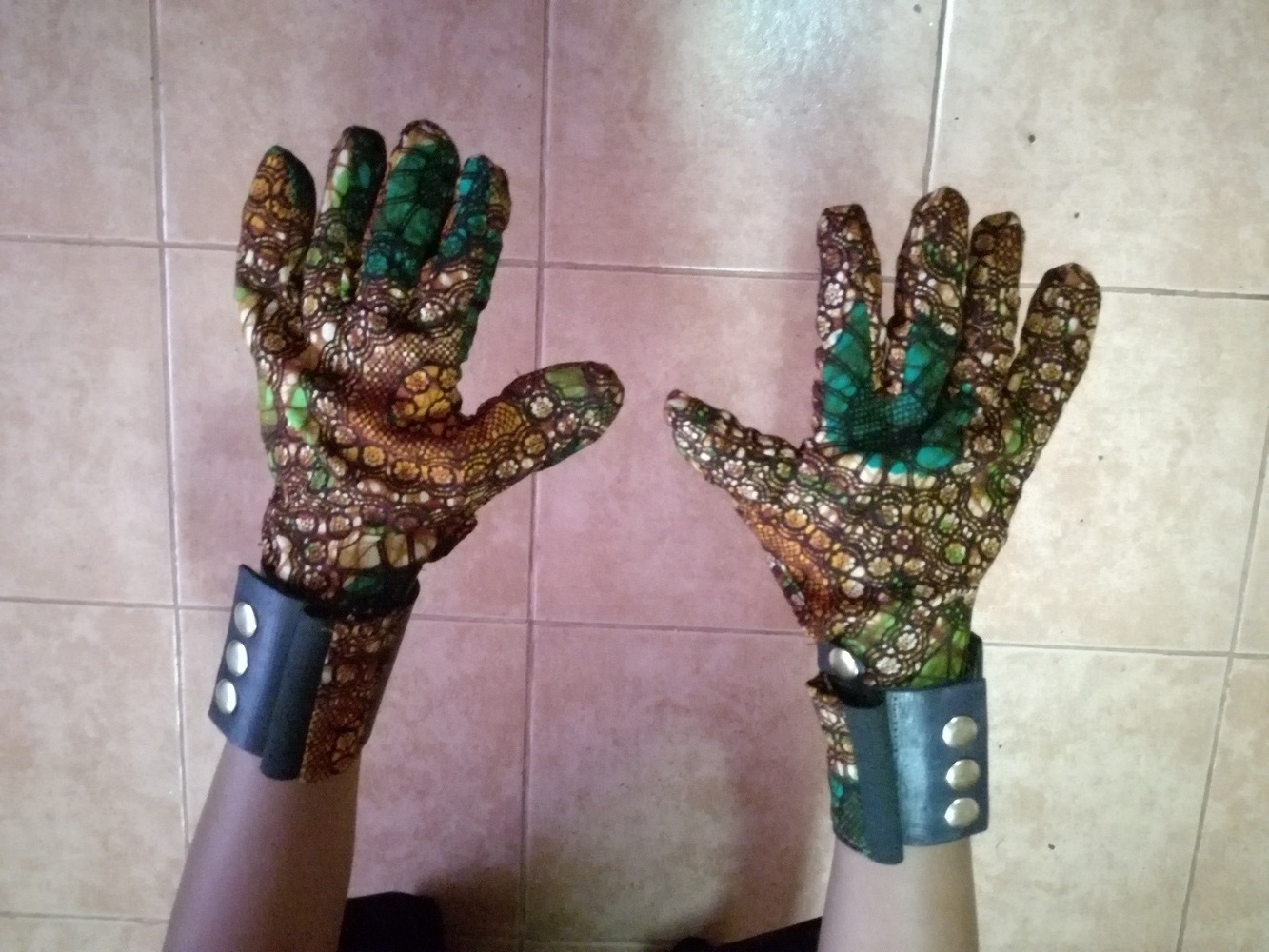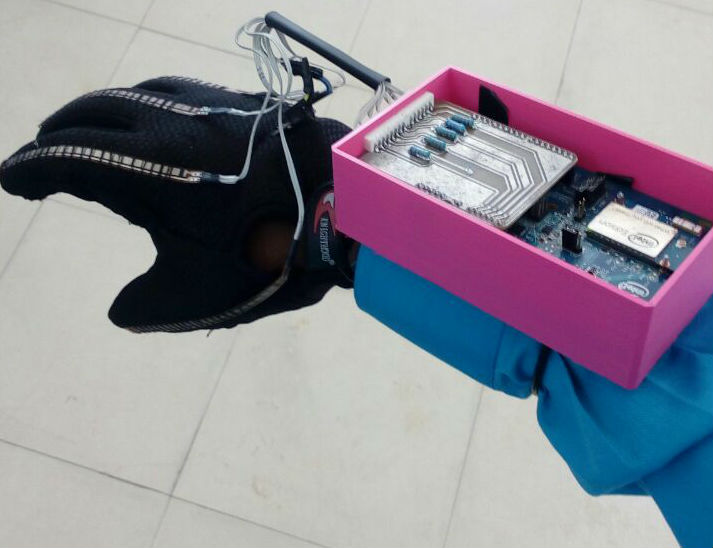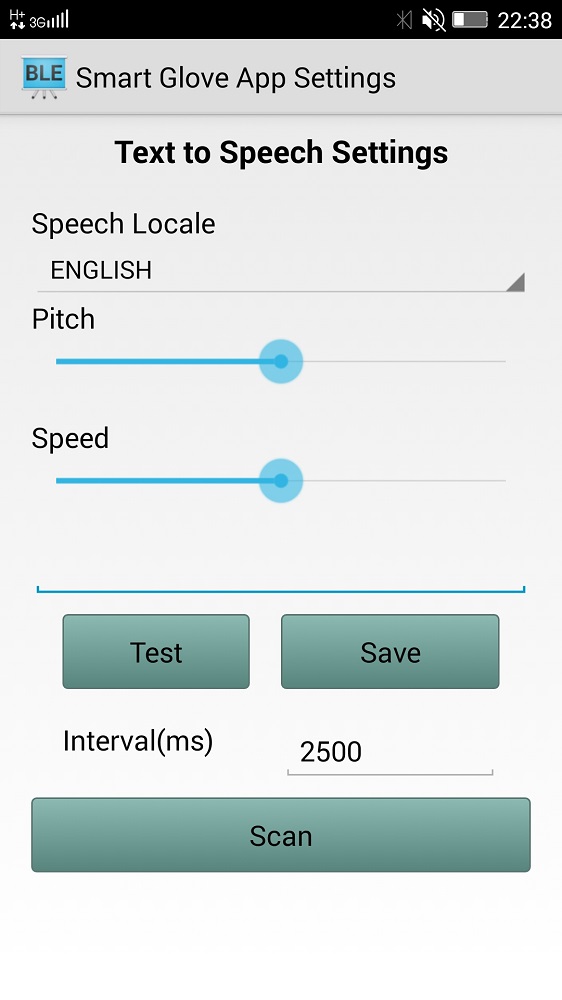- Inspiring People -
- 4mins -
- 2,274 views
KENYAN ENGINEER CREATES GLOVES THAT TURN SIGN LANGUAGE INTO AUDIBLE SPEECH
Sign-IO is a sign-language-to-speech-translation glove developed to address the language barrier between sign-language users and the general public.
Smart gloves turn sign language into audio speech
Twenty-five-year-old Kenyan engineer and innovator, Roy Allela, has created a set of gloves that will ultimately allow better communication between those who are deaf and those who are hearing yet may not necessarily know sign language. The Sign-IO gloves essentially translate signed hand movements into audible speech via Bluetooth and a smartphone app.
ANDROID PHONE APP UTILISES TEXT-TO-SPEAK FUNCTION
Roy Allela’s innovative gloves feature sensors located on each finger that detect the positioning of each finger, including how much each finger will bend into a given position. The glove connects via Bluetooth to an Android phone which then will leverage use the text-to-speech function to provide translated speech to the hand gestures of a person signing.
The inspiration behind the Sign-IO gloves comes from the personal experience of having a young niece who is deaf. Neither Roy nor his family know sign language and often struggled to adequately and consistently communicate with her. "My niece wears the gloves, pairs them with her phone or mine, then starts signing. I’m able to understand what she’s saying," Allela shared in an interview with The Guardian.
Source: BecauseOfThemWeCan.com

TECHNOLOGY BRIDGING THE COMMUNICATION GAP
Allela’s vision for the gloves is to have them placed in schools for special needs children throughout his home country of Kenya and then expand from there to positively impact the experiences of as many deaf or hearing-impaired children as possible. His gloves are among a number of cutting-edge projects that are contributing to the growing market of assistive technology devices that seek to provide aid to those with specific impairments and limitations.
Many sensor-based devices are starting to be created to bridge communication and capability gaps between different populations and once available to the public marketplace are projected to generate revenue upwards of $30 billion by 2024 according to Global NewsWire.
Source: BecauseOfThemWeCan.com

AWARD-WINNING PROTOTYPES KEEP IMPROVING
While the gloves are currently in the prototype phase of development and not available to the public market, they are already generating quite a buzz and have even won some awards. Sign-IO was the 2018 grand winner of the “Hardware Trailblazer Award” at the American Society of Mechanical Engineers (ASME) global finals in New York and also took home a second runner-up acknowledgement at the Royal Academy of Engineering Leaders in Innovation Fellowship in London.
For further details, statistics, progress reports, circuit schematics, code, and anything else you possibly could wish to know about SIGN-IO gloves and their inventor Roy Allela, CLICK HERE
Source: BecauseOfThemWeCan.com

Deafness and hearing loss worldwide
- Around 466 million people worldwide have disabling hearing loss, and 34 million of these are children.
- It is estimated that by 2050 over 900 million people will have disabling hearing loss.
- Hearing loss may result from genetic causes, complications at birth, certain infectious diseases, chronic ear infections, the use of particular drugs, exposure to excessive noise, and ageing.
- 60% of childhood hearing loss is due to preventable causes.
- 1.1 billion young people (aged between 12–35 years) are at risk of hearing loss due to exposure to noise in recreational settings.
- Unaddressed hearing loss poses an annual global cost of US$ 750 billion. Interventions to prevent, identify and address hearing loss are cost-effective and can bring great benefit to individuals.
- People with hearing loss benefit from early identification; use of hearing aids, cochlear implants and other assistive devices; captioning and sign language; and other forms of educational and social support.
Over 5% of the world’s population – or 466 million people – has disabling hearing loss (432 million adults and 34 million children). It is estimated that by 2050 over 900 million people – or one in every ten people – will have disabling hearing loss.
Disabling hearing loss refers to hearing loss greater than 40 decibels (dB) in the better hearing ear in adults and a hearing loss greater than 30 dB in the better hearing ear in children. The majority of people with disabling hearing loss live in low- and middle-income countries.
Approximately one third of people over 65 years of age are affected by disabling hearing loss. The prevalence in this age group is greatest in South Asia, Asia Pacific and sub-Saharan Africa.
CLICK HERE for more details about deafness from the World Health Organisation

